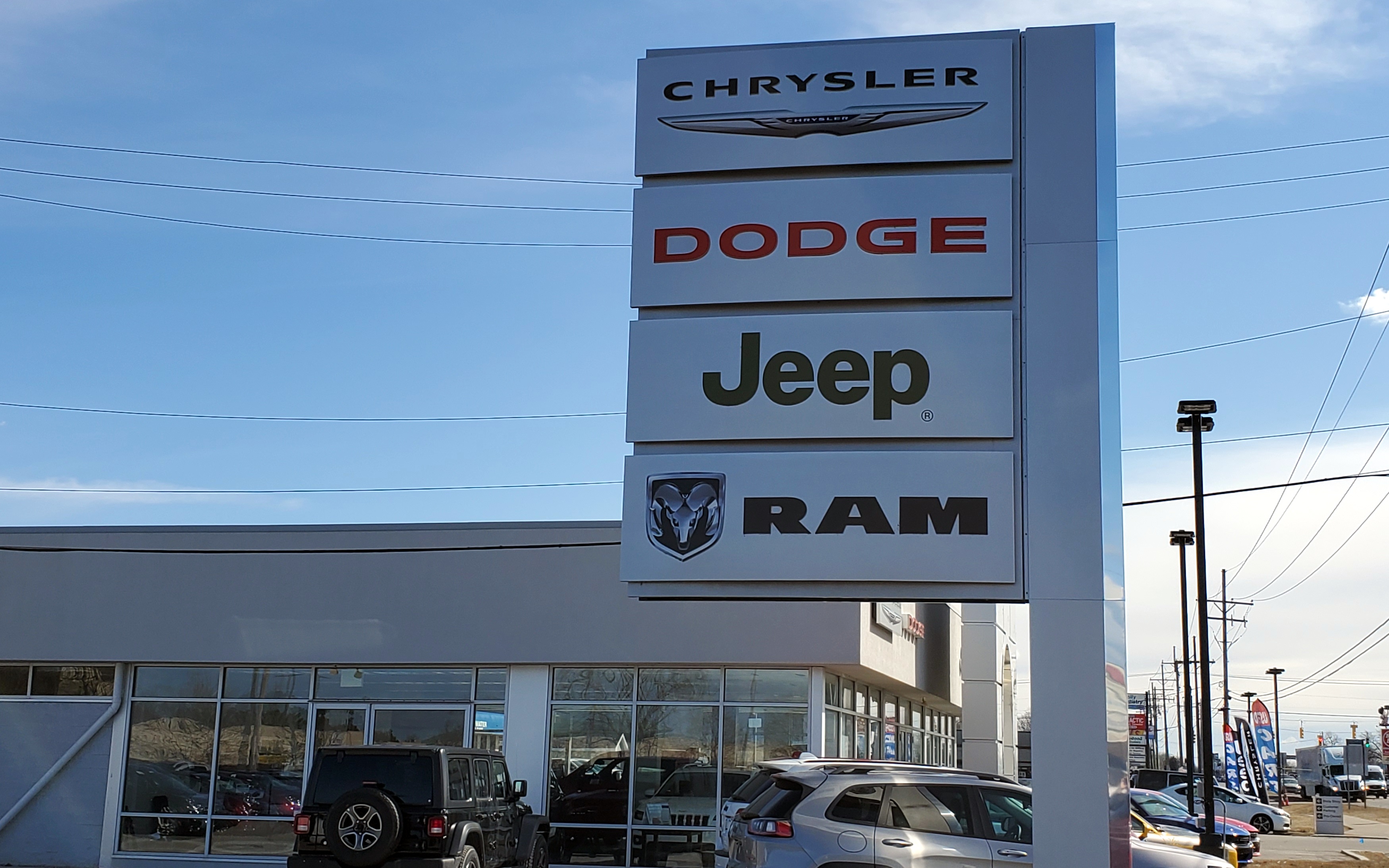More People Continue To Miss Their Car Payments As Rates Climb
Record Number Of People Have Payments Higher Than $1,000/Mo...

In a concerning turn of events, the auto industry is witnessing a surge in delinquencies among subprime borrowers, signifying economic distress and financial strain for a significant portion of the population. According to recent figures from Fitch Ratings, a record-breaking 6.11% of subprime borrowers were more than 60 days behind on their auto loan payments in September 2023. This startling statistic marks the highest delinquency rate since records began in 1994, and it has climbed steadily from 5.93% at the beginning of the year.
Economic analysts are now predicting that this unsettling trend in auto loan delinquencies will continue to rise, potentially peaking at around 10% by 2024 before showing signs of improvement. This growing financial strain is attributed to a combination of factors, including high inflation, a challenging job market, and the resumption of federal student loan payments following a pandemic-era freeze.

High interest rates further exacerbate the issue, as many individuals are forced to borrow to make ends meet. During the second quarter of this financial year, credit card debt soared past the unprecedented milestone of $1 trillion, according to the New York Federal Reserve’s survey.
While high delinquency rates do not automatically signify an impending recession, they serve as a critical barometer for the economy’s overall health. Margaret Rowe, a senior director at Fitch Ratings, emphasized, “The subprime borrower is getting squeezed. They can often be a first line of where we start to see the negative effects of macroeconomic headwinds.”

The impact of these delinquencies extends beyond statistics; it directly affects the livelihoods of countless individuals. More than a third of Americans fall into the category of subprime borrowers, characterized by lower credit scores and higher interest rates. According to Experian, for subprime borrowers, the interest rates for new cars average a staggering 11.5% and a whopping 18.5% for used vehicles. In stark contrast, prime borrowers are offered significantly lower rates, averaging 6.4% for new cars and 8.75% for used ones.
The repercussions of falling behind on auto loan payments are far-reaching. Individuals who struggle to meet their financial commitments may face the repossession of their vehicles, a development that often disrupts their ability to get to work. Worryingly, a mere 11% of commuters in the United States utilized public transport in 2022, according to data from the World Economic Forum.
Cox Automotive, a prominent player in the automotive industry, predicts that a staggering 1.5 million cars will be repossessed this year, marking a significant increase of 300,000 compared to the previous year.

Interestingly, despite the looming financial challenges, a record number of new car buyers opted for loans with monthly payments exceeding $1,000 in the three months leading up to June, as reported by Edmunds. Car payments are now becoming the largest expense for some members of Generation Z and millennials, occasionally surpassing their rent.
The unprecedented surge in auto loan delinquencies reflects the broader economic difficulties a substantial portion of the population faces. As this issue unfolds, it underscores the importance of addressing economic disparities and supporting those facing financial adversity. The rising financial strain in the auto industry is a stark reminder of the need for innovative solutions and assistance to alleviate the burden on subprime borrowers and promote financial stability for all.
Source: Autoblog via Business Insider

No replies yet
Loading new replies...
Join the full discussion at the Mopar Insiders Forum →